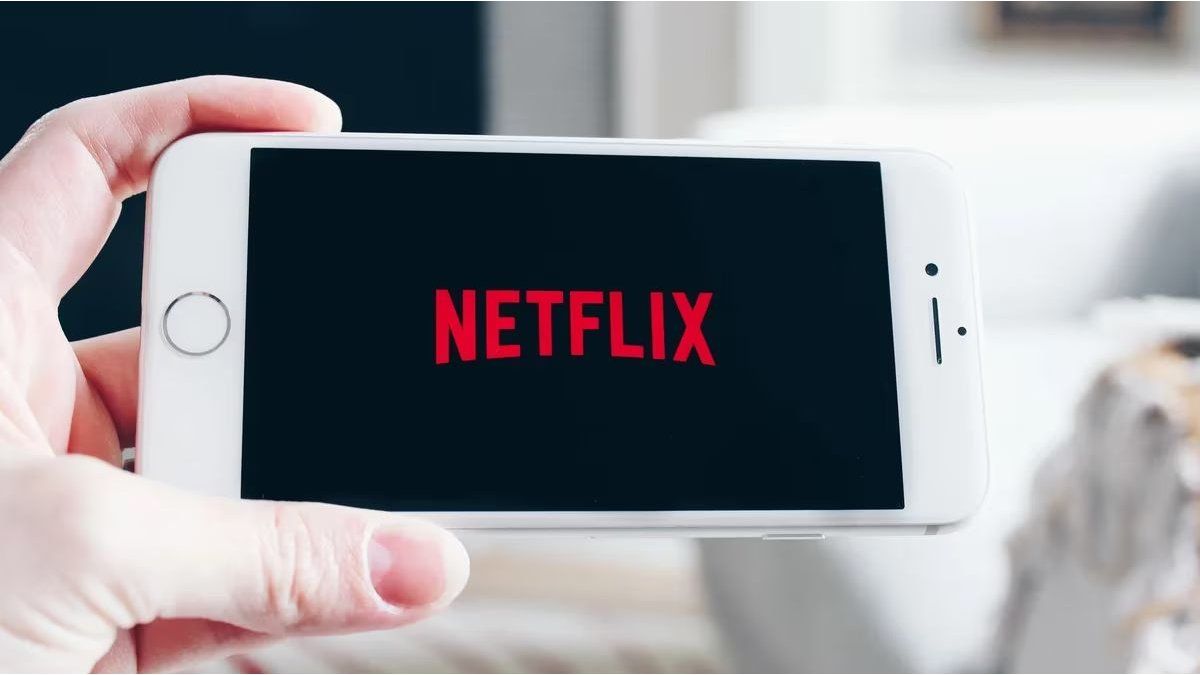Netflix dropped its $9.99 ad-free “Basic” plan in the US and UK, a move that would push new subscribers to sign up for more lucrative subscription options for the streaming giant.
A visit to Netflix’s sign-up page in the aforementioned regions on Wednesday morning showed only three options for new subscribers: your level $6.99 “Standard with Ads”, the $15.49 “Standard” plan and the $19.99 “Premium” plan, both ad-free.
In an FAQ on its signup page, the company wrote that “The basic plan is no longer available to new or returning members. If you are currently on the Basic plan, you can stay on this plan until you change plans or cancel your account..
In other words, for existing Basic plan subscribers, they can keep that plan for now, and the new changes only apply to new or returning subscribers.
Netflix executives have said that the ad tier already generates higher revenue per subscriber than its standard tier, though they have added that they are neutral about the tier users choose to subscribe to. Removing the Basic tier will push new users to either the ad-supported plan or the standard plan, which is more than double the price of the ad-supported plan.
The removal of the Basic plan in the US comes a month after the company did the same in Canada.
Netflix’s ad tier, which launched as “Basic with Ads” late last year, now has “nearly 5 million” monthly active users, the company said in its initial advertising keynote in May. Active users is not the same as subscribers (presumably a subscription can have multiple users), but it is a step in that direction.
The company also said that engagement on its ad plan is similar to its ad-free plans, a critical piece of information since the more time users spend with a service, the more ad revenue it can generate.
Source: Ambito
I am an author and journalist who has worked in the entertainment industry for over a decade. I currently work as a news editor at a major news website, and my focus is on covering the latest trends in entertainment. I also write occasional pieces for other outlets, and have authored two books about the entertainment industry.




